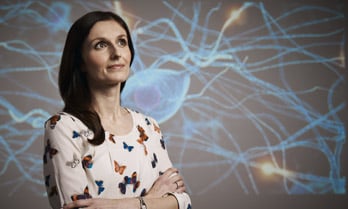







01 December 2022
Universally applicable cell-based therapy
The last few years have illustrated the critical role our immune systems play in protecting us from disease.
Our immune system consists of an army of agents known as cells, that work together to keep the body on alert against outside threats. T cells trigger our immune response and are informed by previous experiences and exposures to respond in ways that are best for our body. T cells' efficiency comes from their ability to recognise patterns that make you you, bespoke to each individual, meaning we can’t transfer our own T cells from one human into another who might require some healthy T cells.
These cells can be our best friends, protecting us from COVID and the flu, or some of them can act like a misunderstood family member, turning on us—which is what happens in autoimmune diseases such as cancer or allergies. This is why some of us recover quicker from illnesses, and why some of us suffer from autoimmune diseases.
Researchers have recently discovered a novel type of T cells that recognise patterns that are in all of us. These universal T cells, also known as innate T cells, can have very diverse functions and present a possible alternative to existing therapies and medications. They can augment the immune response in those who are unable to recover as quickly, or they can suppress the immune response where needed.
“We believe that these unique cells can unlock so many possibilities to combat a wide range of diseases; and that’s what really excites me, something that is going to be more specific to the disease rather than obliterate everything in its path, and in turn give better success rates,” said Dr Koay.
Dr. Hui Fern Koay is committed to working towards improving our understanding of how these cells work, starting from their conception through to their final roles in the immune system. Fern will employ a ‘Blueprints and Brakes’ model to study the trajectory of these cells in our bodies. The ‘blueprints’ of these cells will identify how these cells emerge in the first place, and how they develop into cells dictating responses, and studying the ‘brakes’ on these cells will allow us to identify timepoints for intervention, to control appropriate functioning of these cells.
Fern’s work proposes a bright future for all immune-related disorders, particularly cancer treatments, where instead of obliterating all cells in your body with chemotherapy, we can use these innate T cells to employ a more targeted approach, where only the problematic areas are affected.